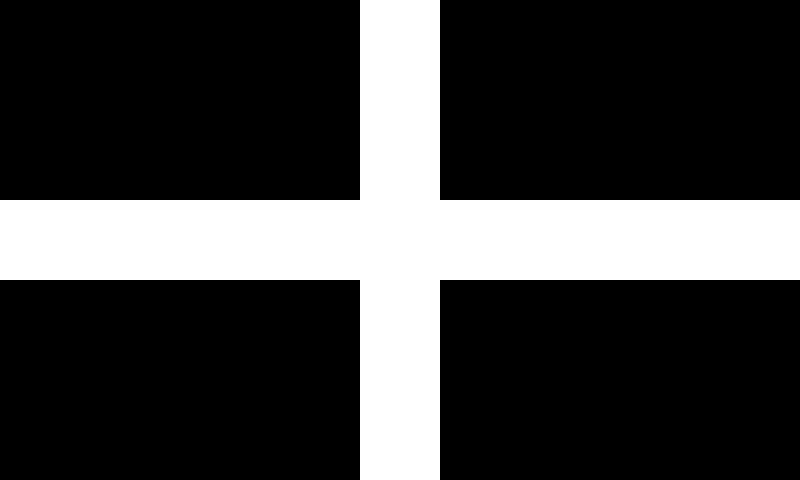 For those Canadians who think "President's Choice foods" when you hear the phrase "memories
For those Canadians who think "President's Choice foods" when you hear the phrase "memoriesof..." associated with a place name, yes, my memories of my first trip to Cornwall, now two weeks in the past, includes important food and drink elements. Cornish pasties made in Cornwall by people who care and don't want to disgrace themselves in front of their neighbors -- such Cornish pasties are extremely good. Food in restaurants and pubs was generally very good. I drank Zennor Mermaid Ale and the first mild ale that I've had in decades. Cider on tap in a place where they care about cider was excellent.
And unspeakably beyond excellent was the first "cream tea" of my life, in a farmhouse tea shop somewhere near Land's End. There may be better cream teas somewhere, but I cannot imagine them.
But my actual memories of the trip are dominated by a big surprise, which ambushed me despite the fact I had looked at pictures and maps and read about Cornwall in preparation for the trip. The landscape by turns green and rocky and never flat, especially the seascape where we were walking on the coastal path around the entire Duchy, is impossible to catch at second hand. Go ahead, use Google Image search: you will find many fine photographs of dramatic views, but if you've never been to Cornwall I will bet the reality will surprise you as much as it did me. Despite the fact that you can describe the Cornish coast very simply, as a series of coves and headlands and cliffs plunging into the sea, not one of those coves or headlands looks like any other. The colors, too, were constantly shifting and always new.
Walking the coast of Cornwall is something a lot of people do. Indeed, I ran into a fellow medievalist at Kalamazoo in May who has done the entire trip, which takes about seven weeks. But it is not for the faint of heart. Fit-looking pensioners and little kids with their parents tread the path without noticeable unease. Here in North America, there would probably be barriers to keep people away from the cliffs, for fear of lawsuits. In Cornwall, the only dangers marked off and walled or fenced off were old mine shafts; if you fall off a cliff, presumably you knew what you were getting into. The one time I saw a rope barrier by the side of the path, it was to keep people from treading on rare plants. Only at Tintagel, where busloads of people are brought in from all over Europe, were there a couple of signs that said "Danger -- Cliffs." That was our last day of cliff-walking and the sign inspired hilarity. We'd been past a hundred more perilous places by that time.
Did I mention that I'm afraid of heights? Fortunately not terrified of heights, but scared enough that there was an additional psychological challenge on top of a very real physical one. Because of my late illness I am still easily tired, and one 6-mile day's walk rated "severe" was pretty taxing, to the point that I walked a lot less the next two days.
It was however worth it and I hope someday to take a similar walk, just one with fewer precipices. A river walk?
I expect to Cornwall feel different from England, and it did. I could mention many things but as a medievalist and historian the odd names of villages and the saints who founded them, saints unknown outside of Cornwall and known mainly for their names inside it, struck my eye. St. Senara, for instance, founded the fishing/farming village now called "Zennor," which has a famous legend about a mermaid; thus the ale named after said mermaid. The parish associated with Tintagel is dedicated to St. Materiana. These are not big-name international saints, these are Irish immigrants of the dark age who converted the Cornish.
The most famous at the moment, perhaps, is St. Piran whose flag (above) is just about everywhere. To the outsider, St. Piran is a vaguely comical early saint with an odd legend: an Irish king him into the sea with a millstone around his neck, to end his pesky preaching of the Gospel. By a miracle, Piran floated on that millstone all the way to Cornwall, where he found a more receptive audience. We had to wonder, however, whether he brought the snakes from Ireland with him. Anyway his unrecognized-in-the-Union-Jack flag makes him a symbol of Cornish national feeling. (See this article from last year's Guardian.) The Cornish language, effectively dead from about the 18th century, is making a bit of a comeback. We were entertained in one restaurant by musicians who had translated Beatles songs into Cornish. This may seem less peculiar when I say that the translator was young enough that independent Cornwall and Beatlemania were equally part of the distant past.
One of the most impressive things I saw on the trip however besides the millions of flowers was the remains on Cornish tin mining. I think I will reserve that for another post.
No comments:
Post a Comment